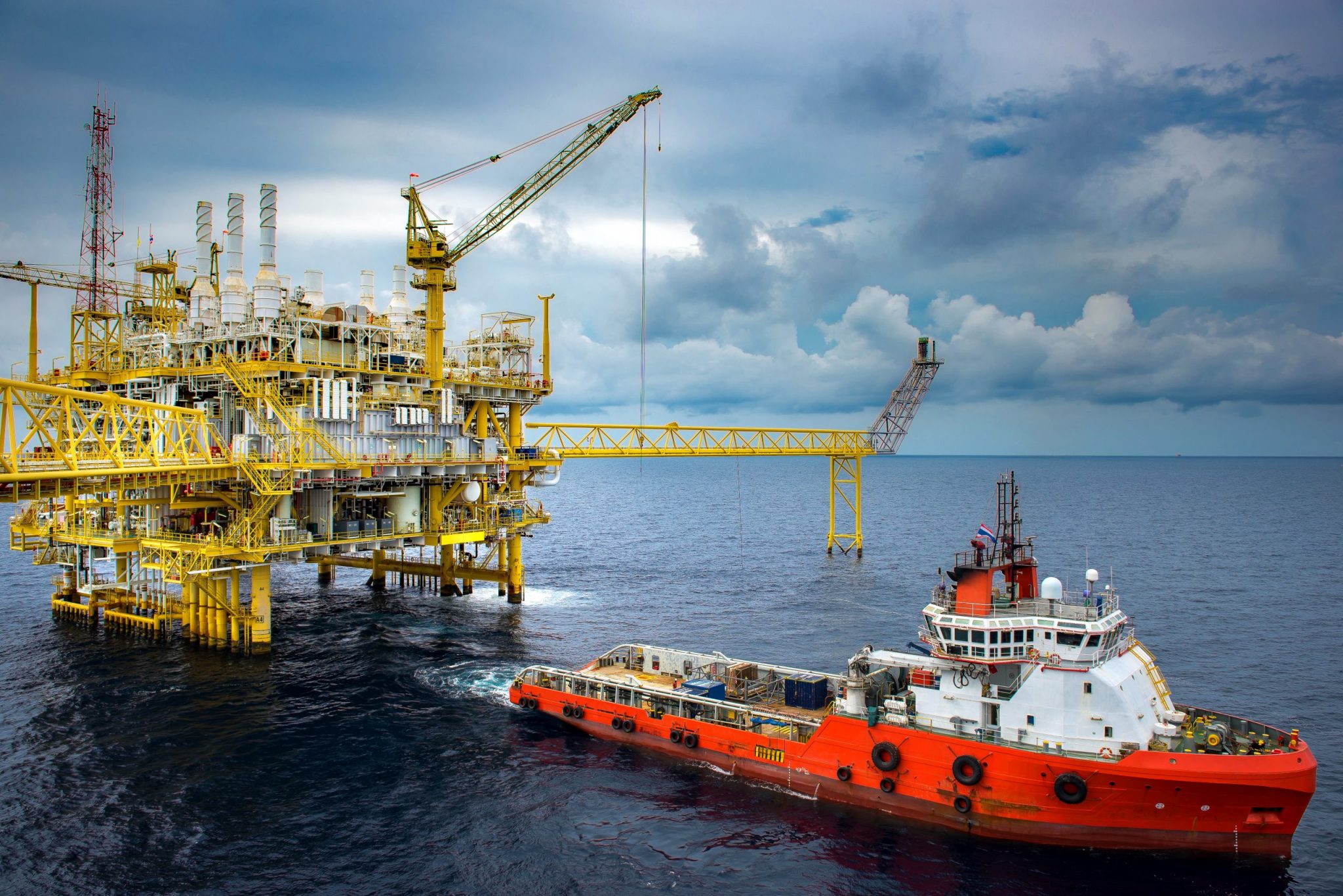
Global Floating Oil Storage Hits Highest Level Since October 2020
The volume of crude oil sitting in stationary tankers jumped to the highest in more than two and a half years on June 23, as an unusual cluster of Saudi oil tankers is idle off Egypt’s Red Sea coast.
Crude oil on stationary tankers has reached around 129 million barrels as of the end of last week, the highest floating crude volumes since October 2020, Vortexa data cited by Bloomberg showed on Monday.
Recent data points have shown that while crude on floating storage has been rising, crude in transit and total crude volumes at sea have been falling, according to Bloomberg.
Several OPEC+ producers began production cuts in May, which will now extend into 2024, while Saudi Arabia, the world’s top crude oil exporter and OPEC’s largest producer, will unilaterally reduce its output by 1 million barrels per day (bpd) in July, to around 9 million bpd.
The cut could be extended beyond next month, Saudi Energy Minister Prince Abdulaziz bin Salman has said.
The rise in floating storage is also due to an unusual cluster of mostly Saudi supertankers loaded with oil that has been idling off Egypt’s Red Sea coast for weeks. Signs have emerged that the cluster may have started to clear as two of the 11 tankers are no longer anchored near the Ain Sukhna oil terminal off Egypt.
As of June 16, ten very large crude carriers (VLCCs) carrying around 20 million barrels of oil were floating off Ain Sukhna and another two supertankers were heading to the same location, Vortexa data showed.
All 10 floating supertankers have been stationary for seven days or more and most of these cargoes loaded during or after the second half of May, Jay Maroo, Head of Market Intelligence & Analysis (MENA) at Vortexa, wrote in a note.
It wasn’t immediately clear what has caused the accumulation of tankers, while Saudi Arabia hasn’t commented on the build-up of cargoes off Egypt. Most supertankers carrying Saudi Arabian crude typically deliver the oil to Ain Sukhna without transiting the Suez Canal.
The most likely reason is a lack of storage, according to Bloomberg.
Oilprice.com by Charles Kennedy, July 11, 2023
